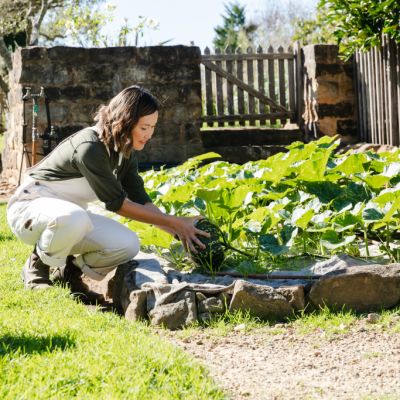Signs of overwatering your plants (and how to fix it)
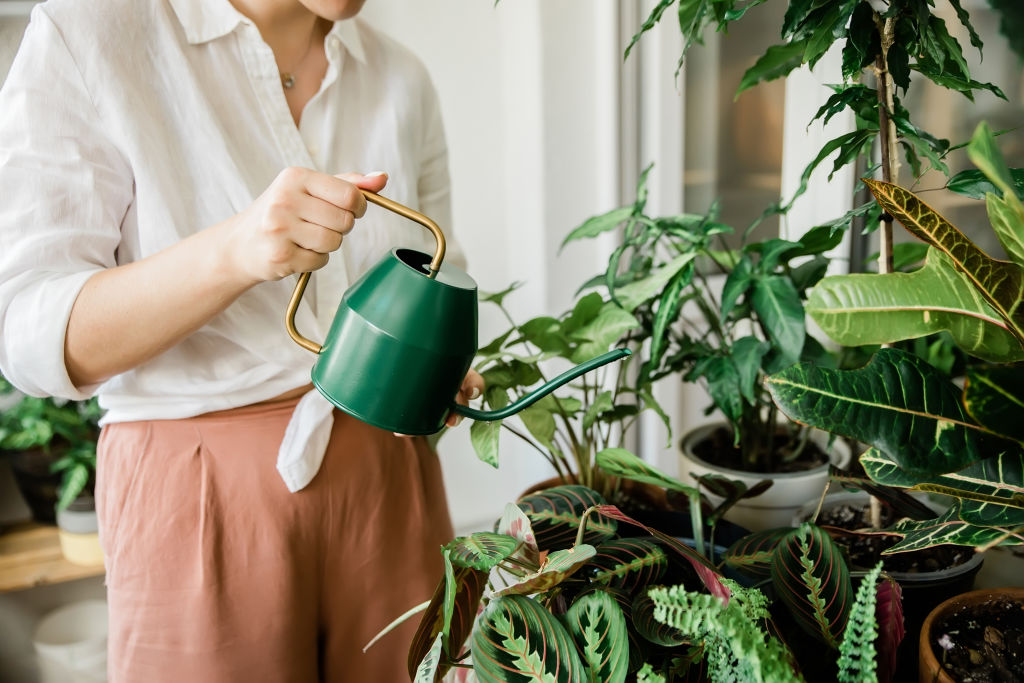
It’s not always easy spotting signs of overwatered plants, let alone knowing how to fix it.
How do you tell, for instance, if you’ve underwatered or overwatered when the symptoms are nearly the same?
With input from plant care experts, here is everything you need to know to restore your houseplants to their former glory.
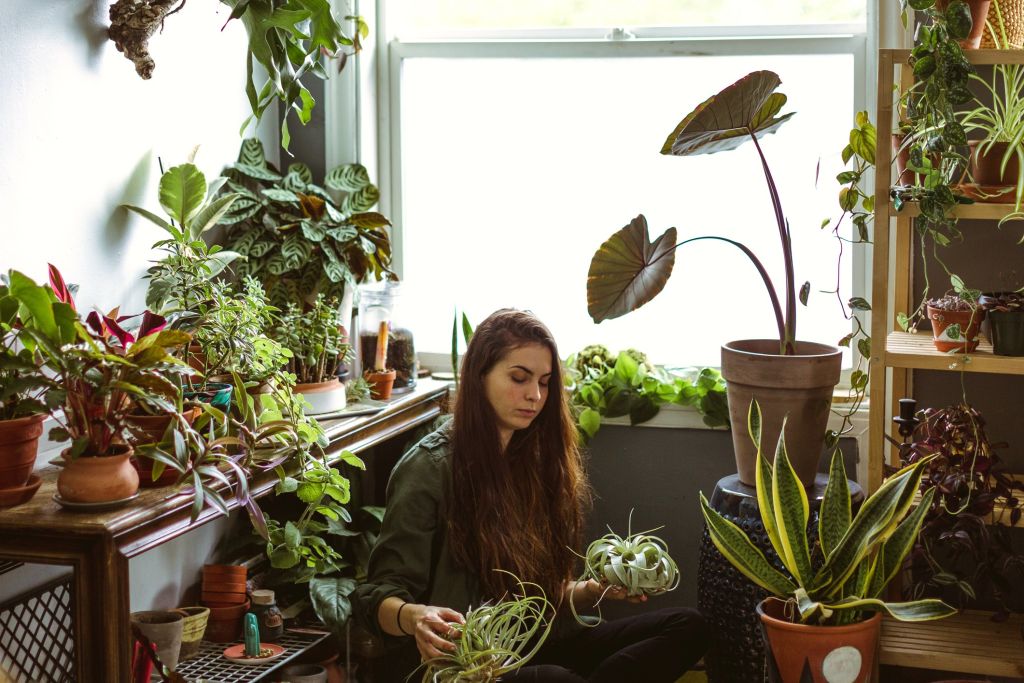
Symptoms of overwatering plants: what to look for
According to Ella Prince, horticulturalist and co-founder of online plant store Plants in a Box, the most common signs of overwatering are:
- Yellowing droopy leaves (one of the first things you’ll notice)
- Wilting, despite wet soil
- Fungus gnats which are attracted to increased moisture
- Mouldy soil with a white layer.
Underwatering v overwatering: how to spot the difference
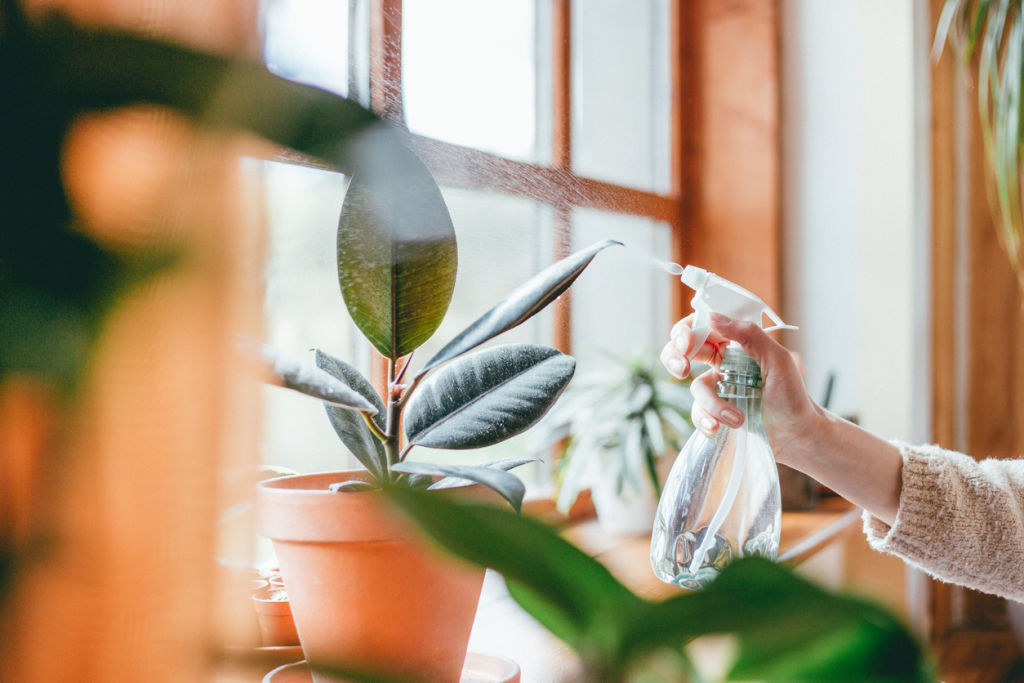
Prince lists several ways to tell if you’ve overwatered a plant or if it’s suffering the opposite issue.
Check the soil
Overwatered plants have persistently wet or soggy soil.
Underwatered plants have dry, crumbly soil that has pulled away from the edges of the pot.
Look at the leaves
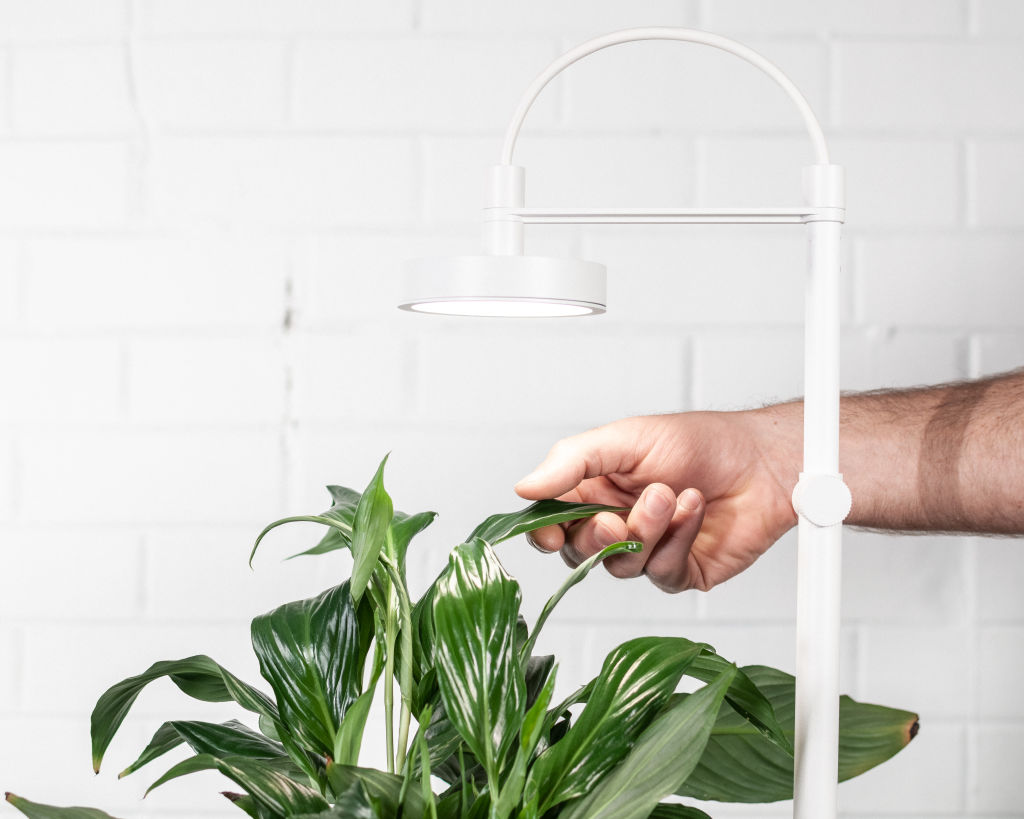
Overwatered plants will have soft leaves that fall off easily.
Underwatered plants usually have dry, crispy leaves that curl at the edges.
Inspect the roots if possible
Overwatered plants may have root rot. The giveaway sign is black or brown roots with a mushy or soggy texture.
Underwatered plants will have dry, brittle roots.
Use a moisture meter
Fiona Halsey, founder of LeafCraft, believes moisture meters are an accurate and inexpensive way to confirm a houseplant’s needs.
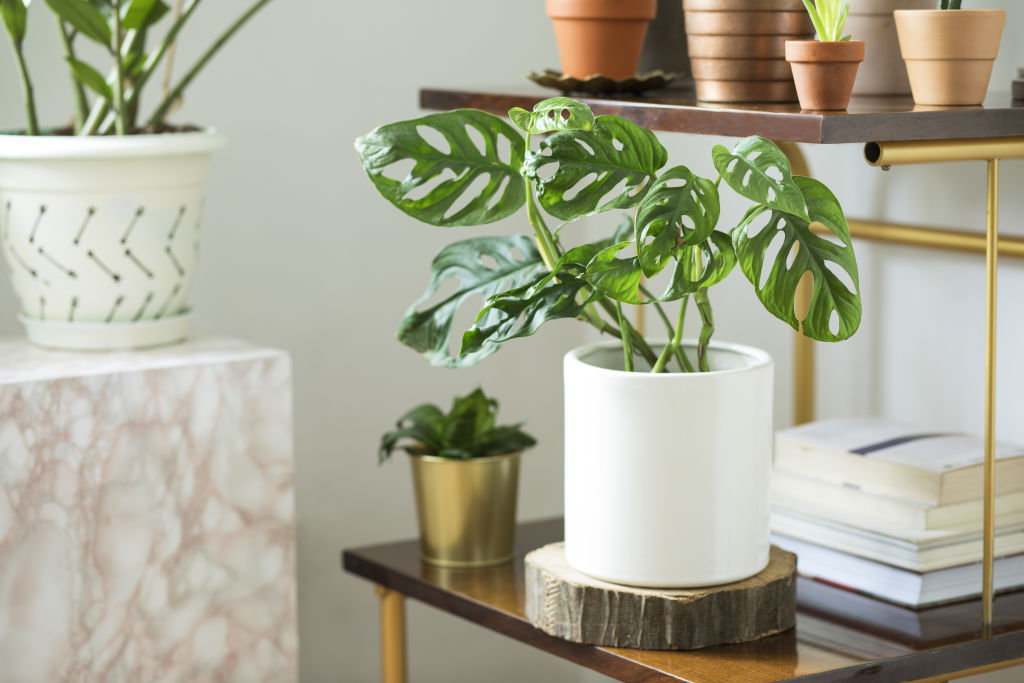
“They take away the subjectiveness of considering if the plant is overwatered or not,” she says.
“Often, I’ll go out on a [consultation] call, and they’re sure the plant is well watered, but it’s obviously dying from thirst, or the opposite.
“You stick in the moisture meter in front of them, and their faces just go, ‘Oh.’ So that can save a lot of problems to start with.”
How to fix an overwatered plant
Halsey’s experience providing garden consultations and plant rescue services has resulted in a set of steps for fixing overwatered plants.
Ditch the saucer
Many people plant their plants in pots without drainage holes, which can limit the roots’ access to essential oxygen.
“Saucers are notorious for creating this problem,” Halsey says. “Most people in the plant world say you shouldn’t put plants in a saucer … the water ends up effectively backed up.
“The sensible thing to do is keep your plant in the plastic pot [it comes in] and just drop it into an outer pot
She says this also gives you the option of choosing an attractive outer pot.
“Self-watering pots can [also] be great,” Halsey says, “although they won’t prevent you from over-watering plants.”
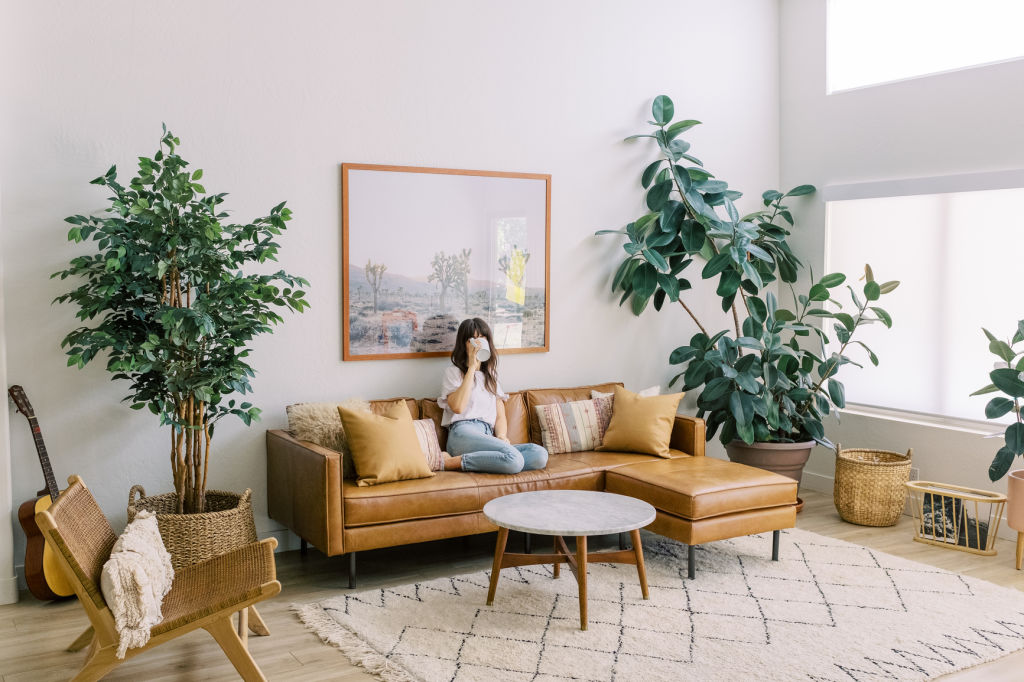
Let it drain on a towel
Halsey says the laundry sink is a good place to leave an overwatered indoor plant – preferably overnight, if not for a few hours, so it can drip.
If the problem is really severe, she suggests placing the pot on a towel to suck up the moisture.
Wherever you decide to put it, make sure the plant gets natural light: somewhere not too dark but not too bright either. A drastic move into sunlight can shock the plant and cause leaf burn.
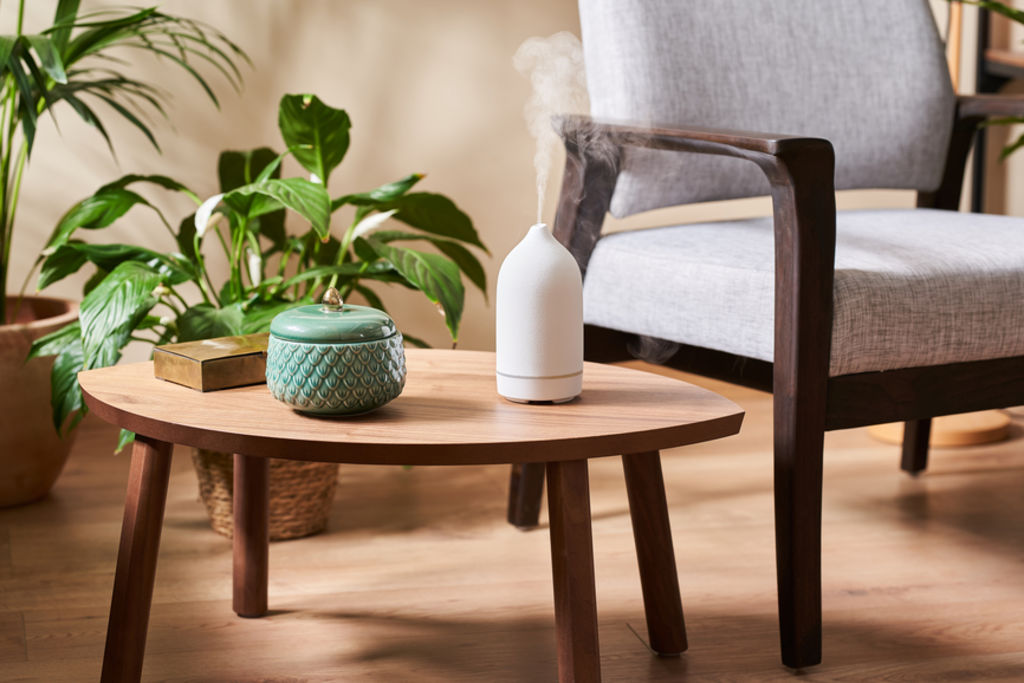
Replace the potting mix
Halsey suggests replacing indoor plants’ potting mix about once a year, regardless of whether they have been overwatered or not. Potting mix is different to soil, as it creates air bubbles to help the plant thrive.
The quality of the potting mix can also play a role in the health of your plants. LeafCraft carried out experiments to test this, finding that cheaper options led to reduced growth and overall health.
Dousing the plant with fertiliser is also a mistake. Seaweed solution is a better solution, which Halsey describes as “a lovely tonic”.
If it’s not looking good for your poor house plant and its roots have truly rotted, there’s only one way of saving it: remove it from the pot, trim the roots and replace the potting mix completely.
We recommend
We thought you might like
States
Capital Cities
Capital Cities - Rentals
Popular Areas
Allhomes
More


